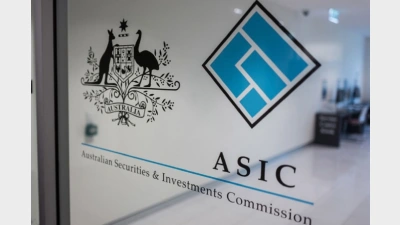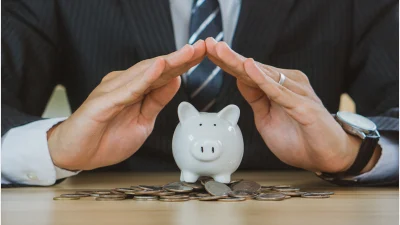(August-2004) Double digit growth, yes, but is it sustainable?
The 2003-04 financial year has been an excellent one for investors. Double-digit returns from domestic and global shares and property have underpinned robust results. The combination of stronger economic growth, low interest rates, and rising consumer confidence were key positives for share markets. Strong growth, rising interest rates and inflation risks have, however, combined to generate nervousness in bond markets.
The highest returns were generated by higher risk assets in what was a ‘risk-loving’ year. In part, this represented a bounce-back from the level of risk aversion in the run-up to the Iraq war. Commodities and resource stocks did well as the growth expectations firmed and the production cycle in Asia boomed. And while the global economy is looking more robust now than 12 months ago, there are still some hurdles ahead.
In order to look forward, it is useful to first establish where we currently are. On the economic growth front, there is now a greater level of synchronisation globally.
The US continues to perform well, but Japan has delivered strong growth too, and Asia continues to grow strongly, albeit a bit slower since China applied the economic brakes.
Even Germany’s growth exceeded expectations — although this region remains weak. Throughout the year, however, there have been some question marks over the sustainability of this growth cycle.
Firstly, the cycle is unbalanced. The US has been the clear growth leader but despite strong growth, the new jobs numbers were disappointing for most of the year.
Without jobs growth, it is difficult for consumers to maintain spending levels that support continued growth. In fact, rather than higher incomes supporting consumption, mortgage refinancing to lock in lower interest rates has been the key. However, the interest rate cycle has now turned, taking away this stimulus.
But just in the nick of time, the job creation cycle finally kicked in — reducing fears that the current growth cycle would not be sustained.
The jobs issue is not the only hurdle to a sustained global growth cycle. The relative strength of the US economy has resulted in an unsustainably high current account deficit (over 5 per cent of GDP). A country generates an external deficit when it saves too little — or put another way, it is spending too much and living beyond its means. Both households and the Government in the US are spending too much — and to fund the gap, the US has to attract foreign savings. If foreigners are reluctant to buy US assets, then the US dollar declines.
In fact, during the second half of the year, the US dollar appreciated — implying that more savings were forthcoming than were needed. And the principal source of this funds flow was Asian central banks. Japanese policy makers have been anxious not to let the Yen appreciate and choke off their fledgling recovery. And the Chinese have pegged their currency to the US dollar — which means that they have to purchase however many dollars are required to maintain the peg.
This strategy must be maintained, and/or the US has to rebuild its savings (and grow at a slower pace than the rest of the world) if downside risks for the US dollar are to be reduced. And how this issue is resolved will be important both for the real economy and financial markets.
— Dr Susan Gosling is chief economist with MLC
Recommended for you
The super fund is open to the idea of using crypto ETFs to invest in the asset class, but says there are important compliance checks to tick off first.
ASIC has launched civil penalty proceedings in the Federal Court against one of the super trustees wrapped up in the Shield Master Fund failure.
Industry associations have welcomed the Treasurer’s review into the superannuation performance test and called for targeted changes that would enable investment in certain assets with strong long-term performance.
Super funds are strengthening systems and modelling member benefits ahead of payday super.











